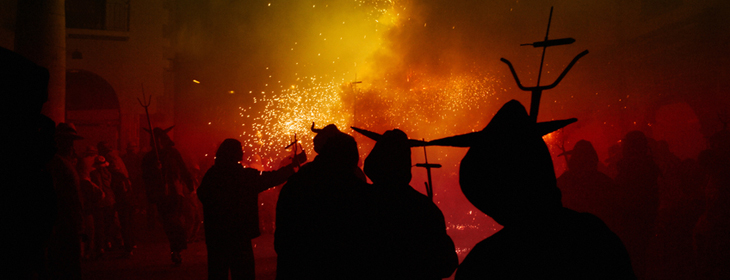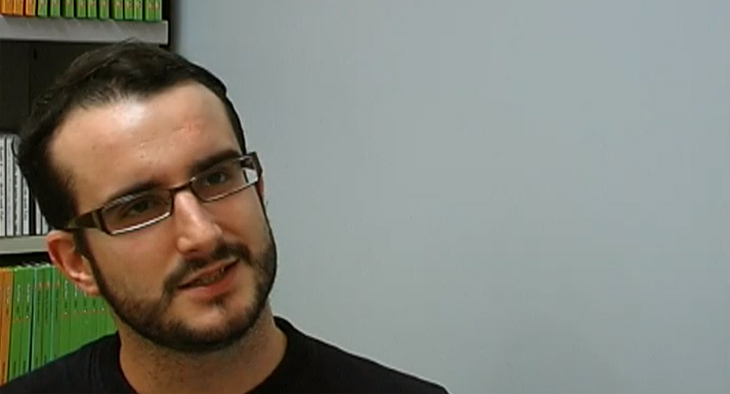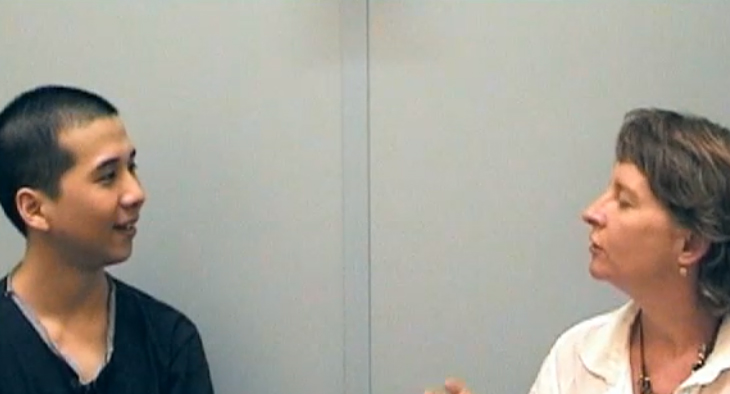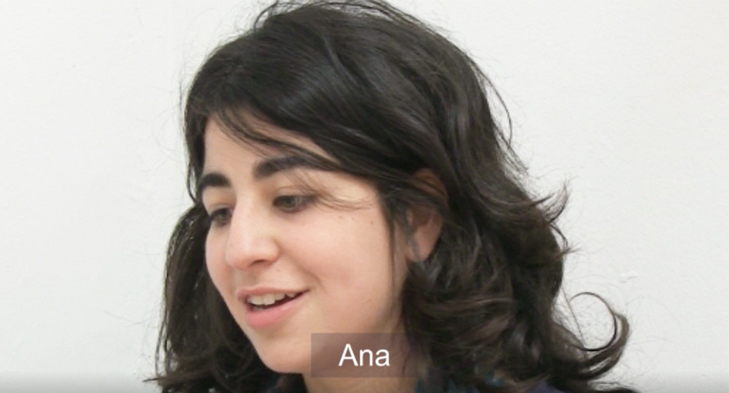
In this unit you will focus on the following:
- Useful vocabulary: Celebrations
- Asking for help
- Taking initiative when speaking
- Introducing the two-way discussion
- What the examiner says
- Developing a topic
- Pronunciation: Word stress
- Paraphrasing
4. Asking for help.

Choose the correct category for each phrase
When you have completed the exercise, you can see these phrases in the different categories.
Now listen and repeat the phrases.
Asking for repetition
Excuse me, I didn't quite catch that. Could you say that again, please?
I'm sorry, would you mind repeating that?
Excuse me, could you repeat that?
Sorry, could you repeat the question, please?
Asking for clarification
Do you mean ...?
When you say ..., are you referring to ...?
Sorry, but could you explain what you mean by ...?
I haven't come across that expression before. Could you explain what it means?
Asking for help
I don’t know how to explain this ...
I can’t think of the word ...
How do you express this feeling that you have when ...?
I’m not sure what the word is that describes ...
7. Taking the initiative when speaking.
TIP:
Extending your answers to questions will give the examiner a better impression of your speaking ability. One way of extending your answers is to take the initiative and speak about different aspects related to the initial question.
For example:
Examiner: Do you think everybody has a close friend?
Candidate: Yes, I think so. I mean, everybody who wants a close friend, but perhaps there are also people who ....
How could Ying expand on his answer in the previous exercise? Mark the ideas below as appropriate or inappropriate.
Examiner: Do you think everybody has close friends?
Candidate: Yes, I think so ...
8. Introducing the two-way discussion.
Watch an extract from Part 3 of the speaking test. The examiner is introducing the two-way discussion and asking the first discussion question. Watch the video and complete the information.
9. What the examiner says.
Choose the correct options to complete what the examiner says to introduce Part 3 of the speaking test. Then, watch the video to check your answers.
10. What the examiner says.
Now watch extracts of Part 3 of the speaking test. Put the examiner's questions in the order that he asks them.
Now watch the extracts again. Turn on and read the subtitles.
11. Developing a topic.
Now watch more of the extracts and use the words and phrases to complete what the candidate says.
12. Pronunciation: Word stress.
Put the words in the correct box, according to their stress patterns.
13. Paraphrasing.
Complete the sentences with the correct phrase.
TIP:
When you describe a place or a traditional custom or food in your country, you can use the name in your language, but then explain what it is. For example, Alex says:
Each village, in fact, has its own big celebration, or big fiesta, which each .... No matter how small the village is, they all have their own ...
This is also a useful strategy when you can’t remember a word; you can paraphrase the idea so that you can continue talking, which helps you to maintain fluency even when you don’t have the vocabulary you need.
This exercise is in two parts. Scroll down to see the second part.
Part 1
Part 2
15. Task.
Now practise your answer to the Part 3 task. First, read the initial topic:
| Describe a celebration or party that you have attended and enjoyed. | |
| You should say: | when it happened |
| what you were celebrating | |
| why you enjoyed it | |
and explain about the food and drinks that were provided at the celebration.
Rounding-off questions
- Is this type of celebration popular in your country?
- Have you been to a similar celebration since this one?
Next, prepare and practise your answer to each of the discussion questions.
Discussion questions:
Celebrations and culture
How do these celebrations relate to the culture of your country?
Are celebrations different in different parts of your country?
How have these celebrations changed over the last 100 years?
Are there new celebrations in your country that aren't traditional?
Celebrations and people
Is it important to celebrate events? Why?
What do people like about celebrations?
Do all people like celebrations?
What would you do if you had a party and noticed that the guests were bored?
Time yourself so that you get used to speaking for four to five minutes without support.
Remember to:
- use a variety of appropriate vocabulary.
- practise ways of asking for help when you have difficulty explaining.
- take the initiative and develop topics to give long answers.
- make sure you are using correct word stress.


